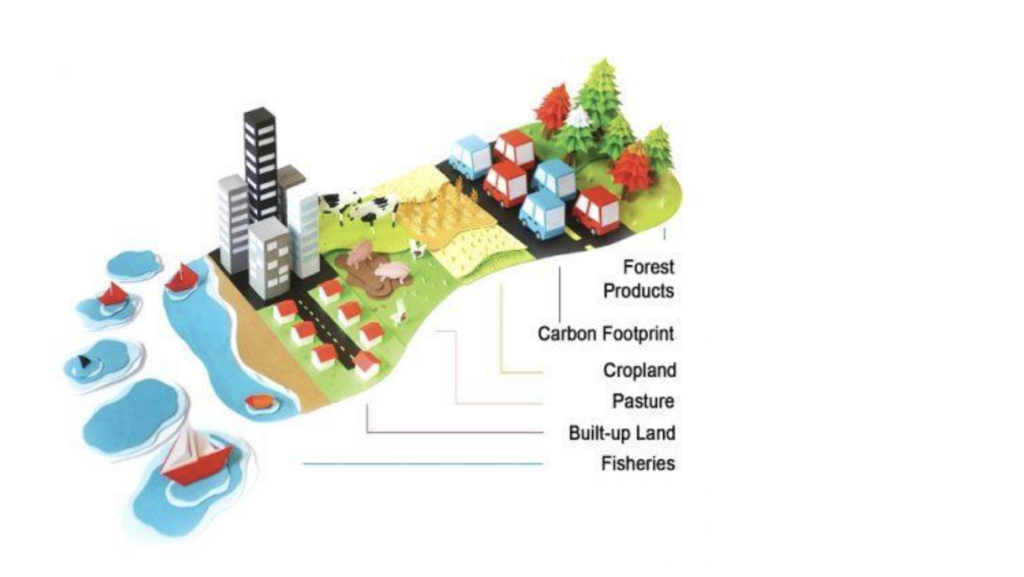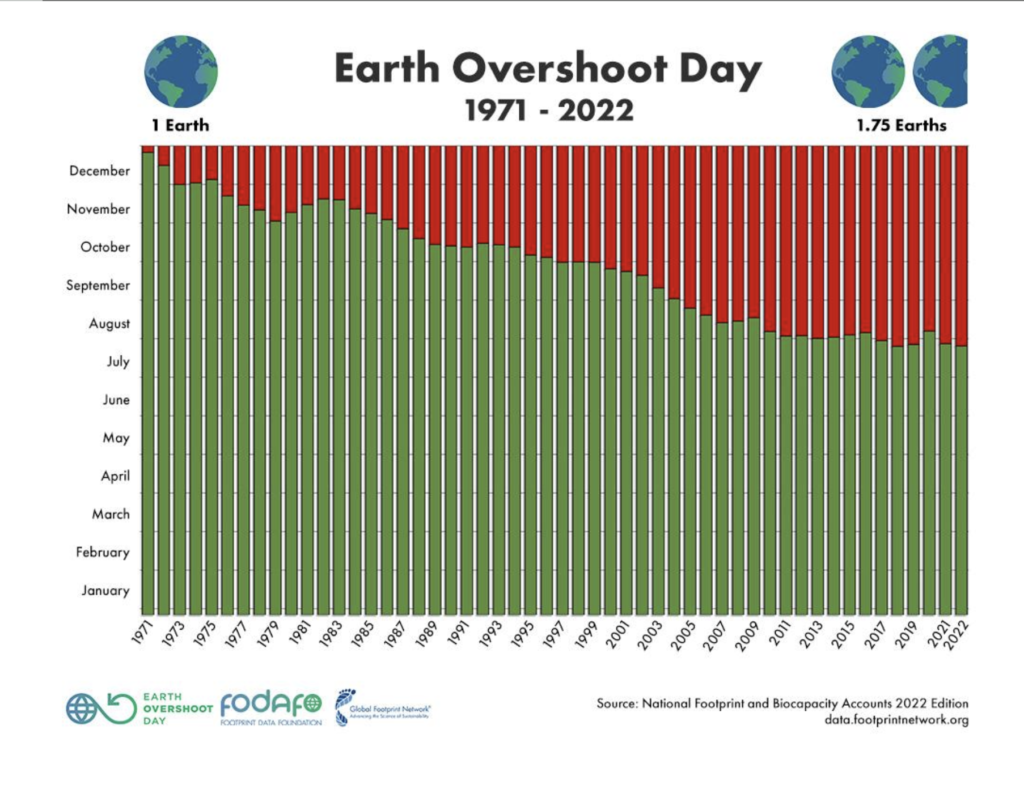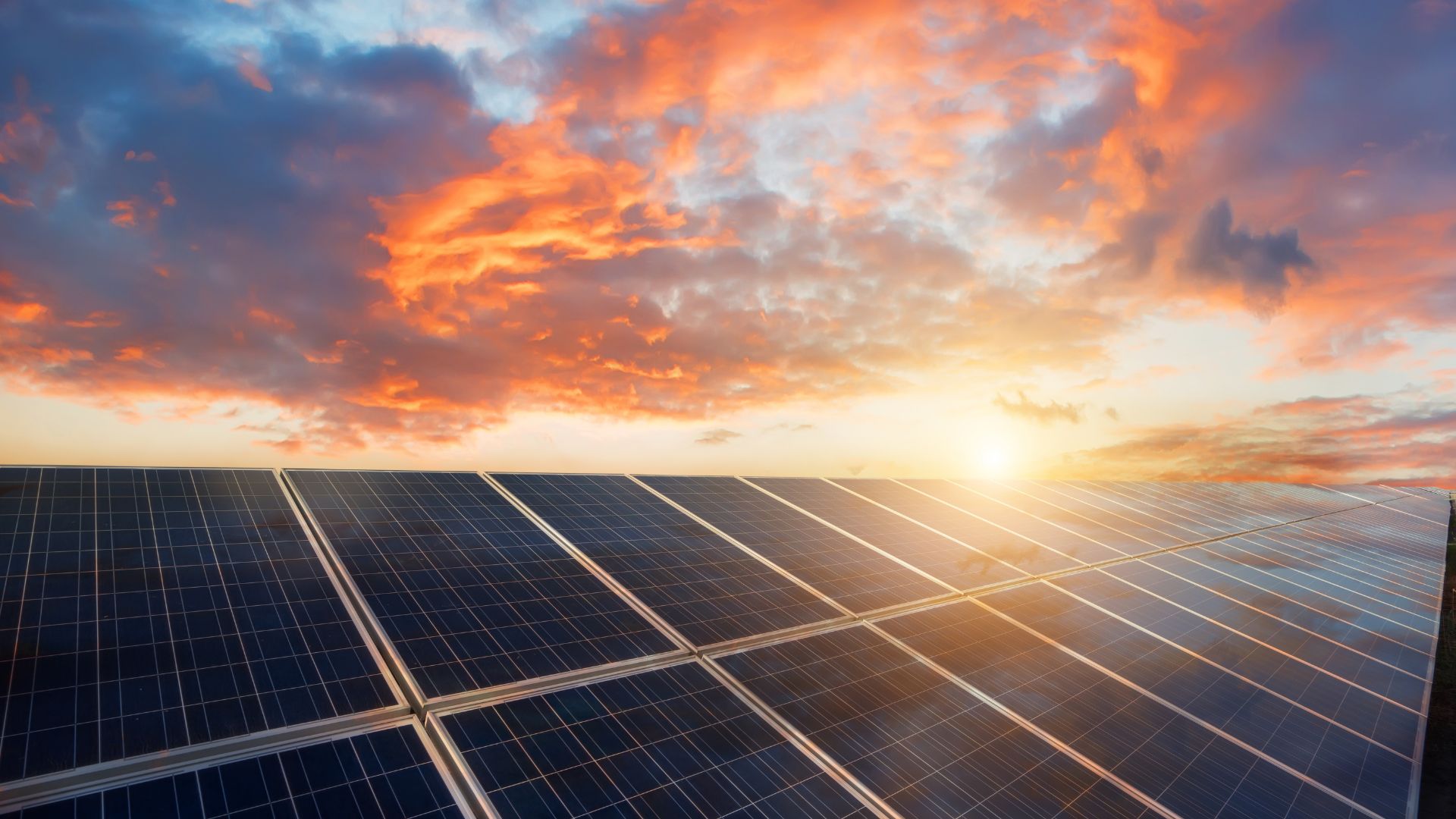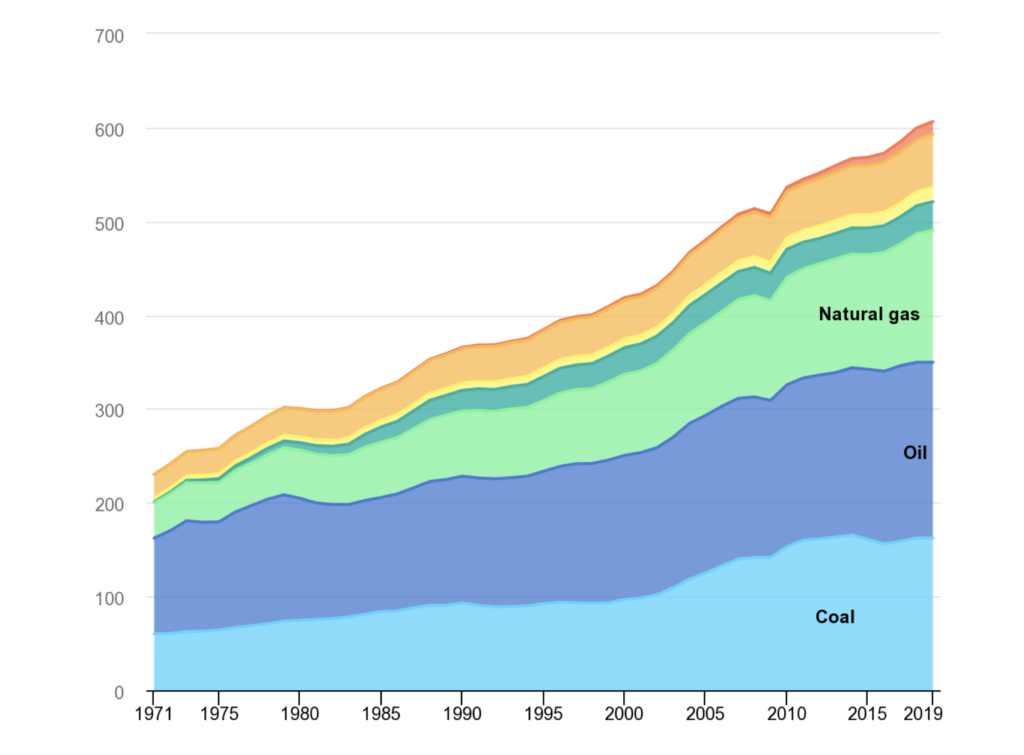Background: By now, there is an almost universal consensus that the world energy systems must move away from climate-threatening fossil fuels and into non-carbon, safe, and sustainable sources. The United Nations has two global scientific bodies to periodically and exhaustively review the state of the global climate, the trend, and patterns of climate change, and suggest ways to mitigate and adapt – the Intergovernmental Panel on Climate Change or IPCC and the World Meteorological Organization WMO. The IPCC reports are far more in-depth and cover much more latest research, and bring out a set of four updated comprehensive reports every 6-7 years. It is a rather conservative body, being closely scrutinised by representatives of member governments, for anything in its reports that might cause ‘acute discomfort’ for them, pointing to their regressive actions. In late 2022and early 2023, that same IPCC put out a loud red signal saying “It’s now or never” for urgent climate action, and pointing out that the world is far from achieving its Paris Climate Agreement targets (“Paris Climate Agreements: Everything you need to know”)
Natural Resources Defense Council agreed in 2015 December, in the 21st Conference of Parties of the United Nations Framework Convention on Climate Change or CoP-21 of UNFCCC, to limit the global temperature increase in this century to 2 degrees Celsius above preindustrial levels, while pursuing the means to limit the increase to 1.5 degrees. The WMO report (“State of the Global Climate 2022”) is alarming, and gets more so each passing year, indicating the lack of climate actions by the worlds governments, businesses, and everyone responsible. Emissions of Green House Gases GHGs, the main drivers of rising global average annual temperatures and the ensuing climate change – keep rising inexorably, every year.
The pathways to “Climate Mitigation”, or reducing the emission of GHGs: There are two clear pathways to quickly reducing (and eventually eliminating, before 2050) the anthropogenic emissions of GHGs like Carbon Dioxide CO2, Methane CH4, Nitrous OxideN2O and others, and thus their sources – fossil fuels Coal, Oil, natural gas. Along with these, we will also have to eliminate deforestation, drastically change our high-emitting industrial agriculture, and change the way we handle/ process our organic waste – three other major sources of GHGs and climate change. While the reduction of fossil fuels can be attempted by targeting large fossil fuel companies and government policies, changing agriculture is a societal undertaking and might take a longer time.
One reduction pathway is to drastically reduce their consumption by way of reducing the total energy (and materials, as all materials have an embedded energy and emission component) that our societies consume every year, or De-growth. But this is a deeply unpopular, almost untouchable subject for the Worlds governments, businesses, industries, etc (“Why “De-growth” Shouldn’t Scare Businesses”), even very unpopular for the average public (leaving apart a few ecologically committed people). Almost no one wants to let go of the levels of the energy-consumption-derived comforts that they have already reached, rather want more of that. This was also encouraged by energy corporations and governments for increased economic activities, growth, and profits. The concept of “degrowth” originated in the 1970s, but is spreading slowly only in the last decade or so. There is a whole lot of literature on this. But in the current ‘atmosphere’ of global acceptance of the capitalist principles of continuous growth of extraction-production-marketing-profit, the question of scrapping this almost sacrosanct “growth mantra” seems a remote possibility, unless there is a catastrophic collapse.
The other pathway (with a lot of unanswered questions though) is much more “popular” and on which we have made some progress, is to keep consuming energy and materials at current or even increased rates, but transition away from the climate-threatening energy sources, to non-carbon, largely renewable energies, with some mix of other non-RE (like nuclear fission), non-carbon energy sources. This pathway is called “Energy Transition”, and envisions that the global energy supply can and will be shifted away from the primary fossil energy sources now to overwhelmingly non-carbon energy sources by the year 2050, as IPCC redline states. For reference, roughly around 76-77% of the global primary energy supply comes from fossil fuels in the year 2021, and nearly 80% for India. In that context, the chart by OURWORLDINDATA is illustrative.
The global effort on climate mitigation has overwhelmingly focussed on this approach of Energy Transition or Energy De-carbonisation. There are several problems for this approach to succeed, though, including the issues of total ecological footprint for increased (and newer) material consumption, further ecological destruction by increased mining and processing, limits of availability of critical minerals, impacts on communities in and around the new exploitation areas, etc. It is common knowledge among ecological scientists that the annual global ecological footprint (which includes energy, materials, food – crops-fisheries, forest products, and water of humanity has far surpassed the annual productivity of the entire Earth, and currently, we are consuming 1.75 times that much, every year.

That also means humanity is actually “cutting and eating” the parts of the Earth now, rather than “eating its products”. This inevitably leads to lower productivity of the Earth itself, thus strengthening the De-growth arguments.

The other problems include the rather slow pace at which non-carbon energy sources are replacing fossil carbon sources. Global total primary energy supply data below, from International Energy Agency
Shows that over roughly the past 20 years, the share of fossil carbon energy sources in the global primary energy supply has decreased from about 85% in 2000 to about 79% in 2020. Not great progress by any means, especially when facing a climate crisis that demands total decarbonisation in the next 2.5 decades at the latest.
All the above data shows, despite tall and rosy claims by the worlds political and business leaders, techno-climate-solution enthusiasts, and “uninformed environmentalists” at large, the Energy Transition challenge is becoming bigger and bigger by the year, and might soon become low use. That means we as a global society have to drastically speed up and scale up this decarbonisation process. But there are a whole set of challenges to transforming the global energy infrastructure from high energy-density fossil fuels to low energy-density renewable sources like Solar, Wind, Geothermal, Tidal, Wave energy, Ocean thermal, etc. Some of these are also not very well established, barring Solar Photovoltaic, onshore and near offshore wind, and Geothermal space heating. If we consider “Just Transition” as a necessary condition, as it should be (though not being seriously considered now, resulting in justified backlashes by the affected people and communities), the challenges increase further. But we must take up these challenges if we have to have a habitable Earth for all for many generations and millennia to come.
In the coming issues of this periodical, we will take up the various challenges/issues in the path to a Just Transition, from the viewpoint of Ecology, Human (and life) rights, and energy, leaving the De-Growth pathway for the time being. And while doing so, we will try to focus on India, as most of the readers of this periodical are from India, but the principles and date apply to most countries and regions anyway. Here, let us very briefly list a few (not exhaustive) of the significant challenges —
- Is land a serious constraint for just transition to renewable energy? Do we need to necessarily dispossess small landholders/farmers etc?
- Can non-carbon &/OR Renewable Energy sources provide a reasonable supply for the whole world, everywhere, for a long time to come?
- What are the major possibilities for Energy Storage, as an essential component of the transition for intermittent sources like Solar and Wind?
- What about the challenges of limited availability of critical materials, like Lithium, Cobalt, rare earth etc? This is connected with both B and C.
- Can the Energy Transition by 2050 guarantee that we avert climate chaos? What are the earth systems signaling?
Centre for Financial Accountability is now on Telegram. Click here to join our Telegram channel and stay tuned to the latest updates and insights on the economy and finance.




